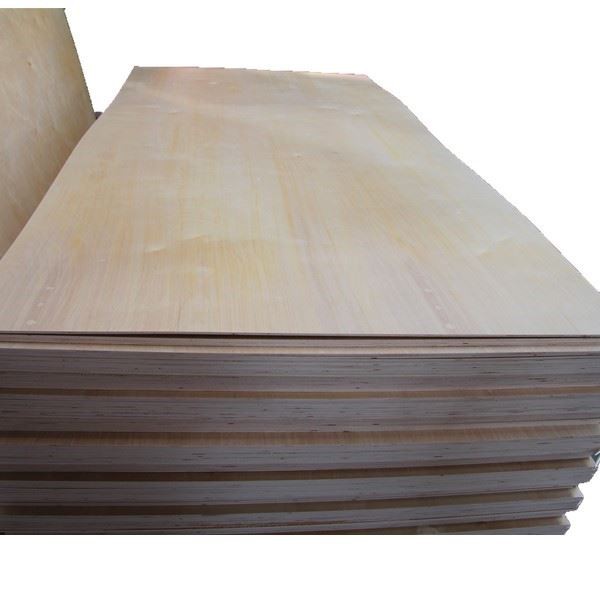The new crown epidemic has slowly been brought under control, various industries have begun to resume work, and sheet metal manufacturers have begun to return to production. However, plywood manufacturers still need to pay attention to the processing of panels in the spring.
Although spring is warmer than winter and drier than summer, it is also windy and sandy and the climate is drier. Any carelessness in these climate characteristics will have an adverse effect on sheet metal processing. When plywood manufacturers process boards in spring, they must first pay attention to avoiding windy weather, because the dust on the ground is blown by the wind, the surface of the plywood and the glue layer will be contaminated with dust, resulting in weak bonding or messy board surface, which is not conducive to board sales.
When processing plywood in spring, manufacturers should also pay attention to fires that may be caused by dry climates. After all, the boards are flammable. The warehouses where plywood manufacturers process boards are required to be dry and free of open flames. Workers are prohibited from smoking in the workshops and sufficient fire-fighting equipment is prepared to be prepared for the fire. In addition, although the spring rain is not heavy, the impact of continuous spring rain is not small. Therefore, the manufacturer should transfer the panels placed in the open air to the room before the spring rain, and try not to process the panels on rainy days, so as to prevent the panels from getting damp and reducing the bonding ability.


